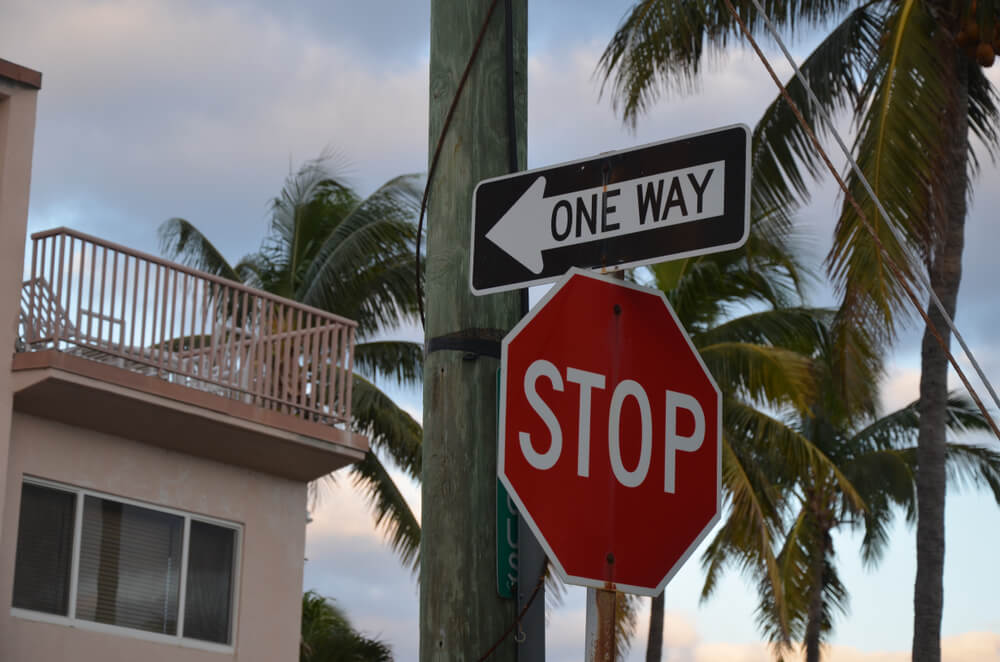Things To Remember
The stop sign is one of the most common signs in use today. Its shape is octagonal with red letters on a white background, but it can also be yellow with black letters for increased visibility. There are many different kinds of stop signs depending on where they're placed and what their purpose is. They may have additional symbols or words written on them as well, such as "Yield," "No Parking," or "School Zone." In some places, you'll see flashing lights instead of just text printed on the sign itself; these flash when another driver has been detected by radar nearby so that you know it's time to hit your brakes! Some states even require all new school buses to be equipped with special sensors that trigger an automatic stop sign whenever they pass by one!
The Stop Sign has been around for over 100 years and can be found almost anywhere there are cars or pedestrians sharing space. Its purpose is simple - to alert people that they need to slow down and prepare themselves for what comes next (a crosswalk, intersection, driveway). This yellow octagon with its black lettering stands out against any background so you don't miss it when you're driving past at high speeds or walking through your neighborhood. You'll see them everywhere from residential streets to busy city intersections; even if you've never paid much attention before now! While most people know what these signs mean, many have no idea how they came into existence or why they look like they do today! Let's take a closer look at this ubiquitous symbol...
- This sign is one of the most important and significant road traffic signs.
- Similar to most countries, the US version of this sign has the word "STOP" printed in white on a red background.
- Some drivers fail to come to a complete stop at stop signs; instead, they crawl forward at under 5 mph. This is commonly known as a "rolling stop" – but it's illegal. State laws require you to come to a complete stop.
- You can be cited for failing to come to a complete stop at a stop sign.
Frequently asked questions about stop signs
- What is the stop sign shape? Stop signs are octagonal shape in most parts of the world.
- Is stop sign a warning sign? The “STOP” sign, along with a few others (the “YIELD” sign, the “DO NOT ENTER” sign, and the “WRONG WAY” sign), is a regulatory sign. Other regulatory signs are usually rectangular and have a black legend and border on a white background, according to the Manual on Uniform Traffic Control Devices (MUTCD).
- What color is a stop sign? Red. It's been the standard for about 60 years (since 1954). Before then, the octagonal "STOP" traffic sign was yellow, with black letters.
- When should you start slowing down for a stop sign? You must always allow adequate time and distance to stop safely. There's no single answer, as the exact amount of time/distance you need to stop will always depend on a lot of factors, such as road conditions, the weather, and your speed. You should start slowing down at least 150 feet before the stop sign.
- How close to a stop sign can you park? According to the Uniform Vehicle Code (UVC) and Model Traffic Ordinance, the standard for most local jurisdictions, no person shall stand or park a vehicle, whether occupied or not, except momentarily to pick up or discharge a passenger or passenger, within 30 feet upon the approach to any flashing signal, Stop sign, Yield sign or traffic-control signal located at the side of a roadway.
- Who designed the stop sign? The Stop sign was designed by William Phelps Eno, the founder of the Eno Transportation Foundation, in 1900.



